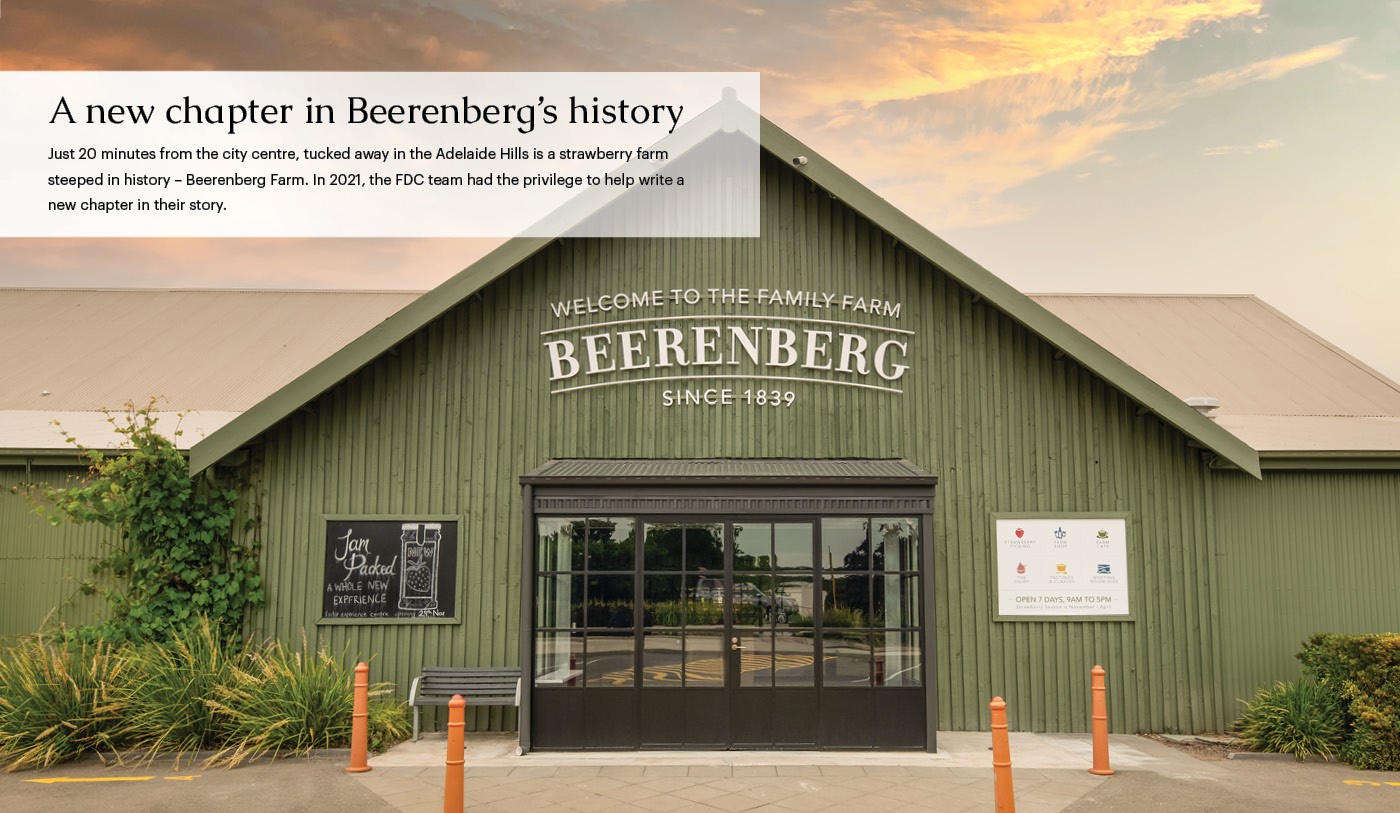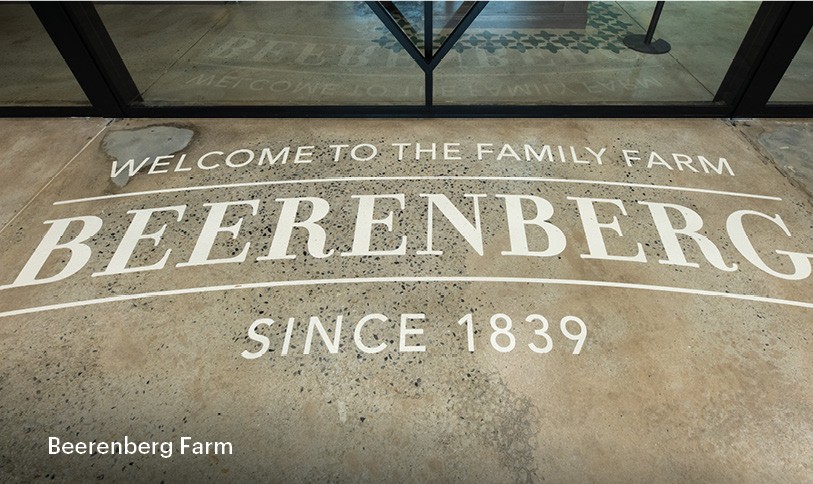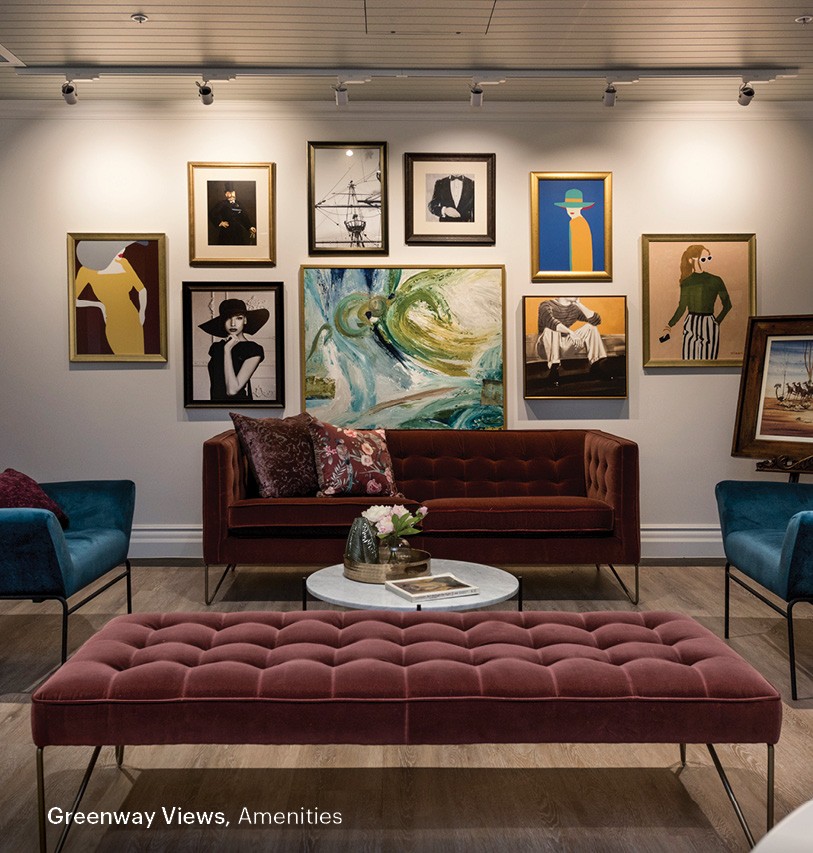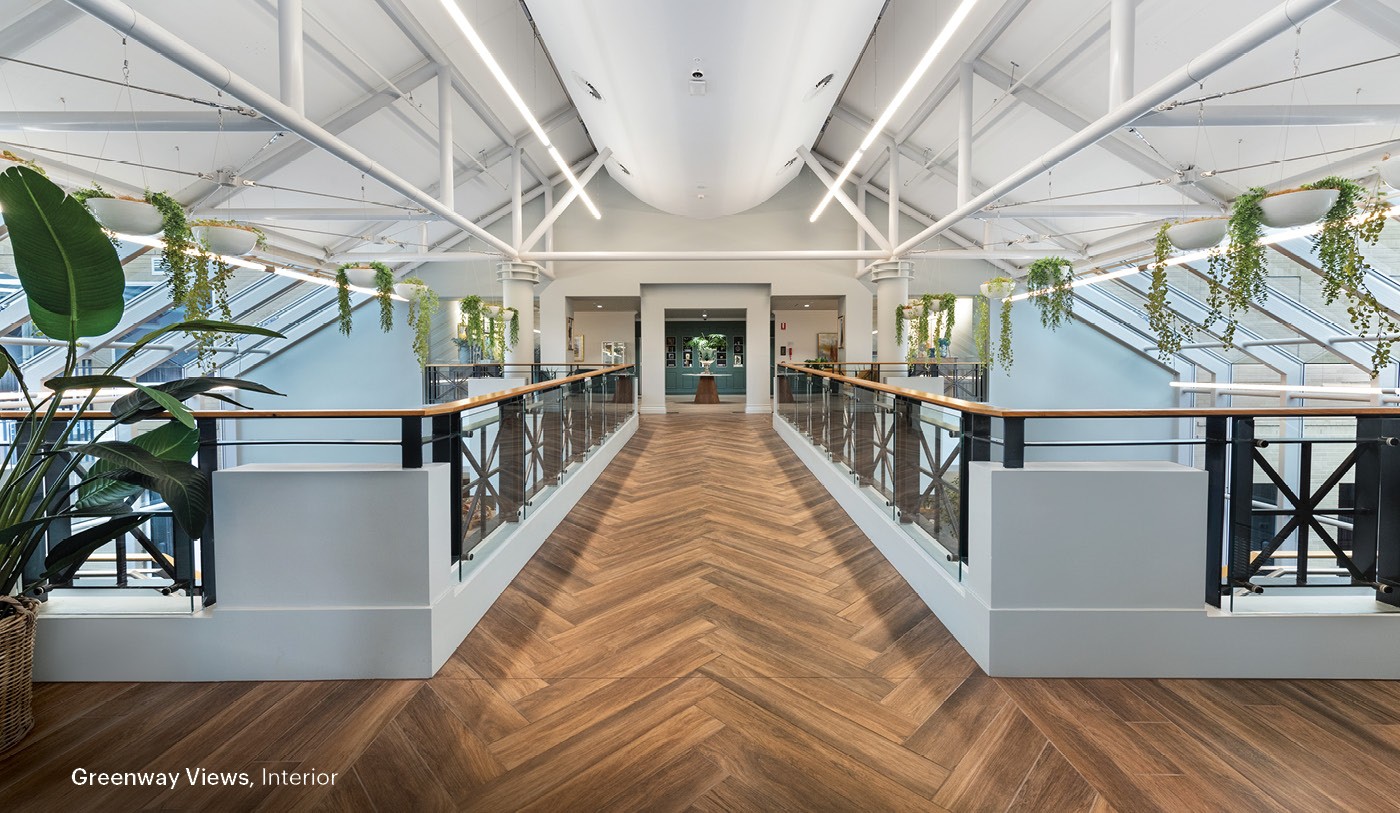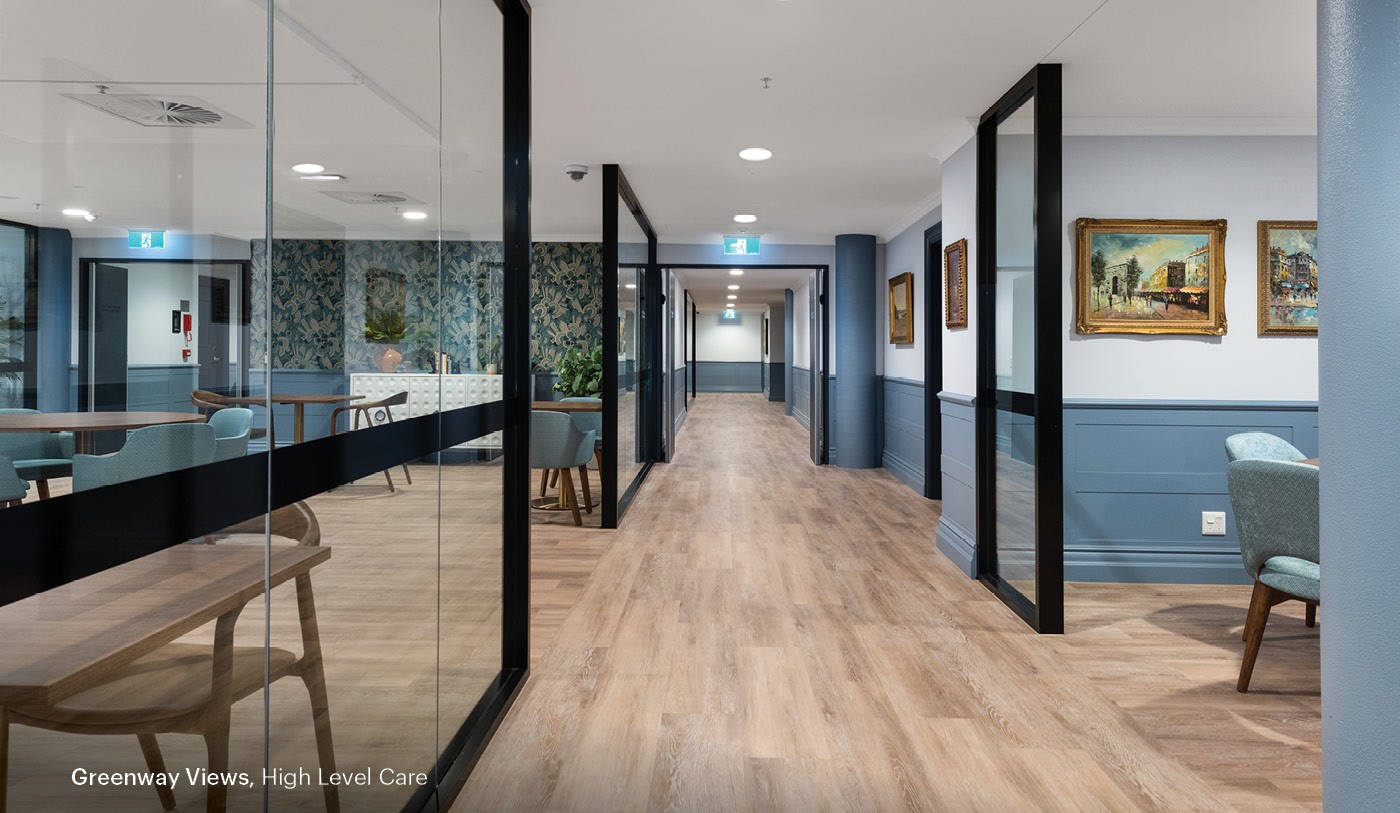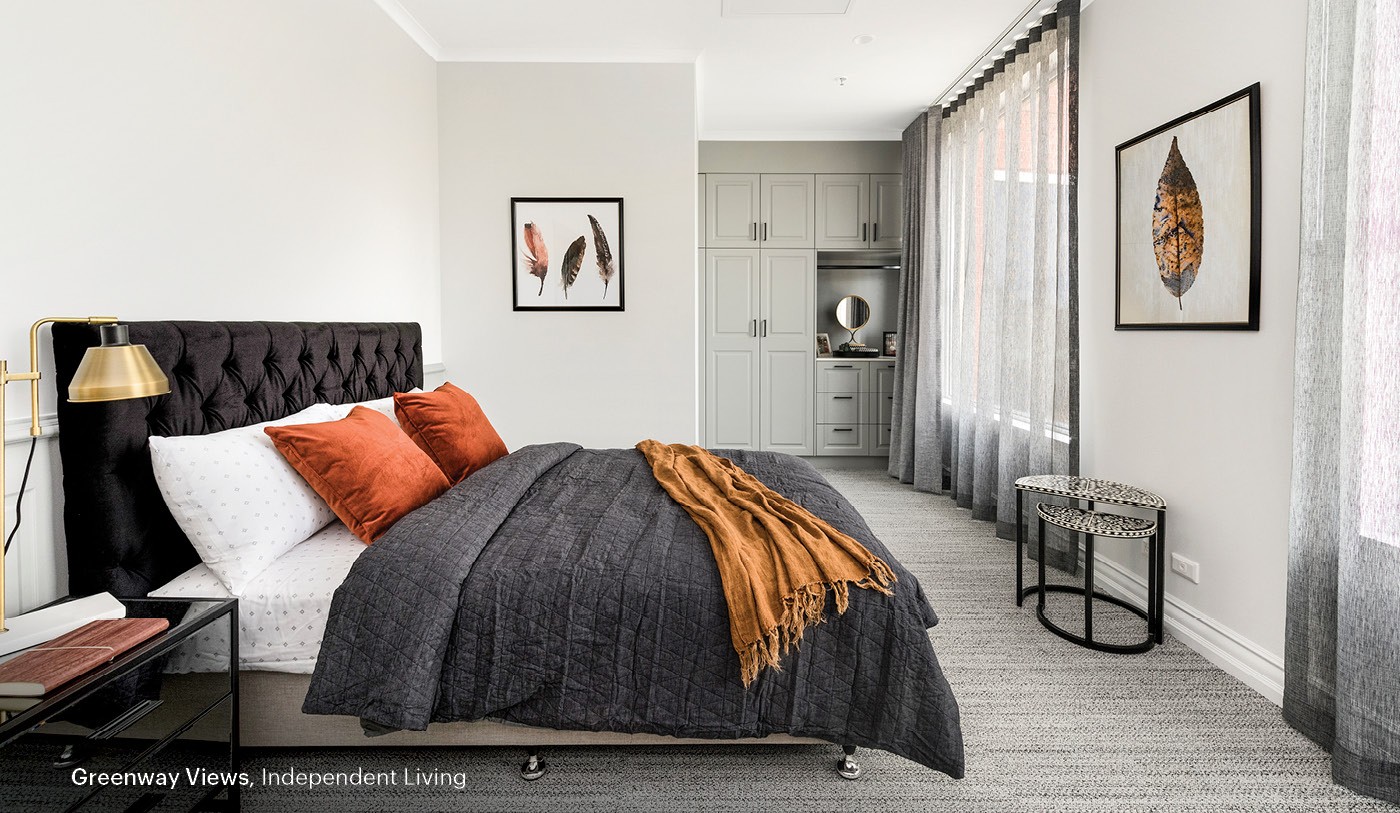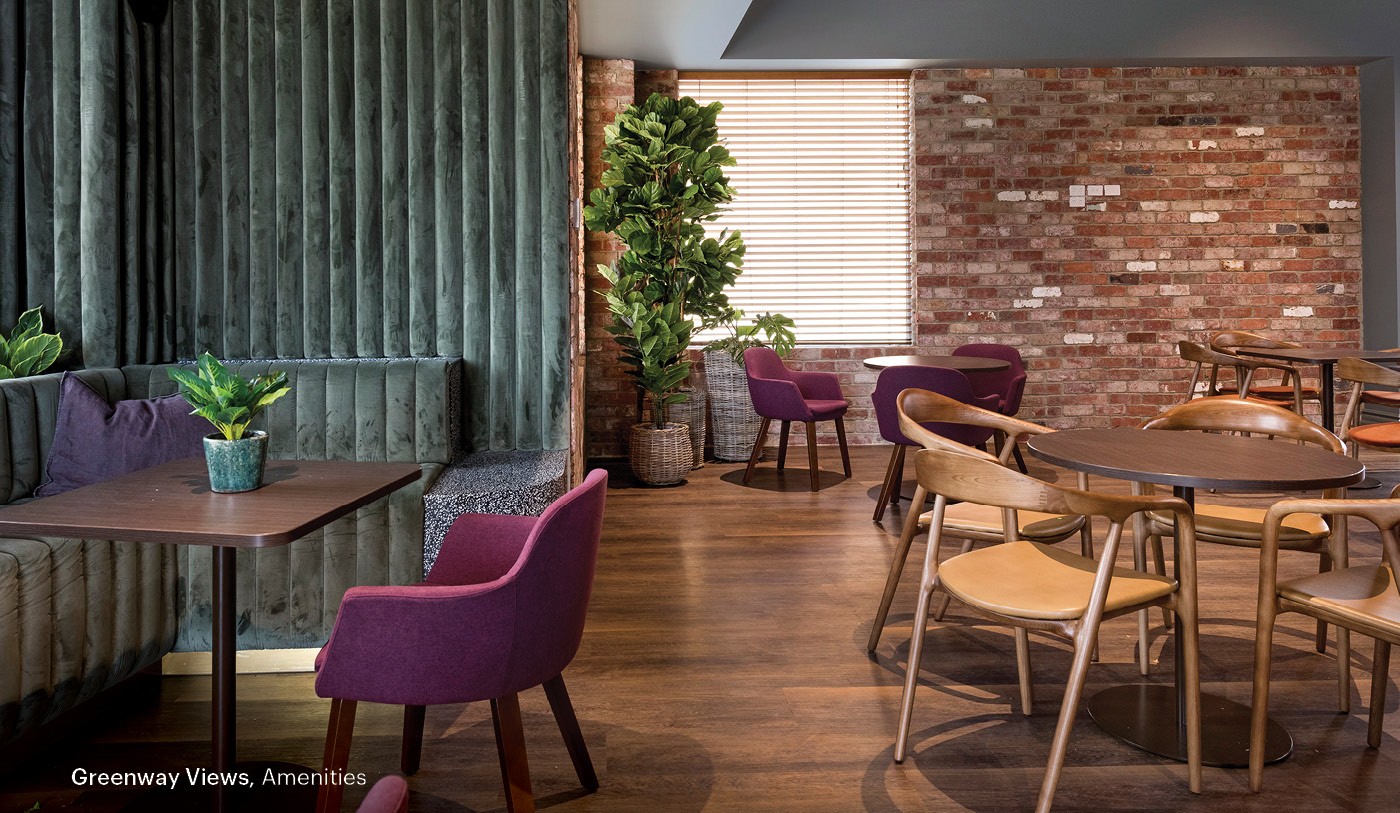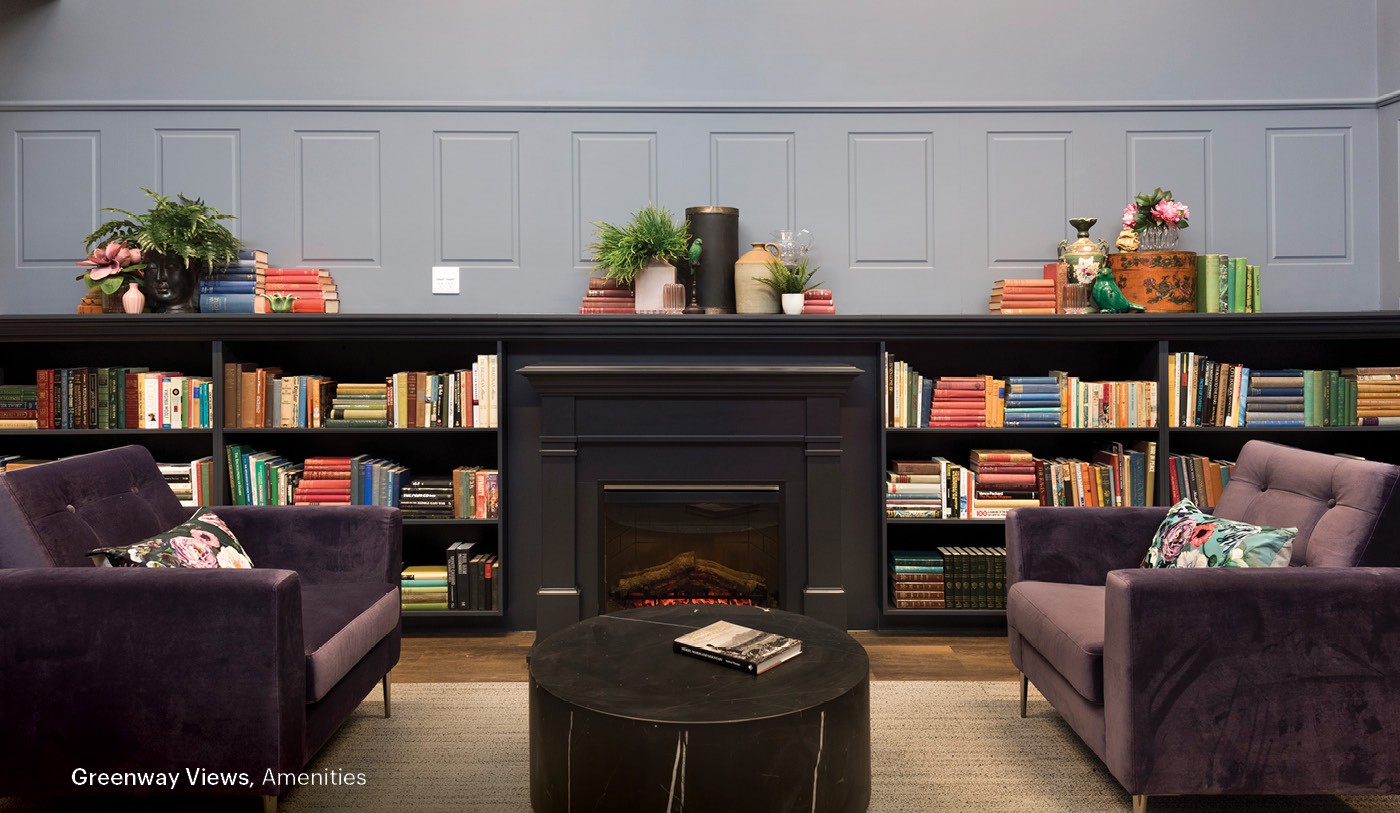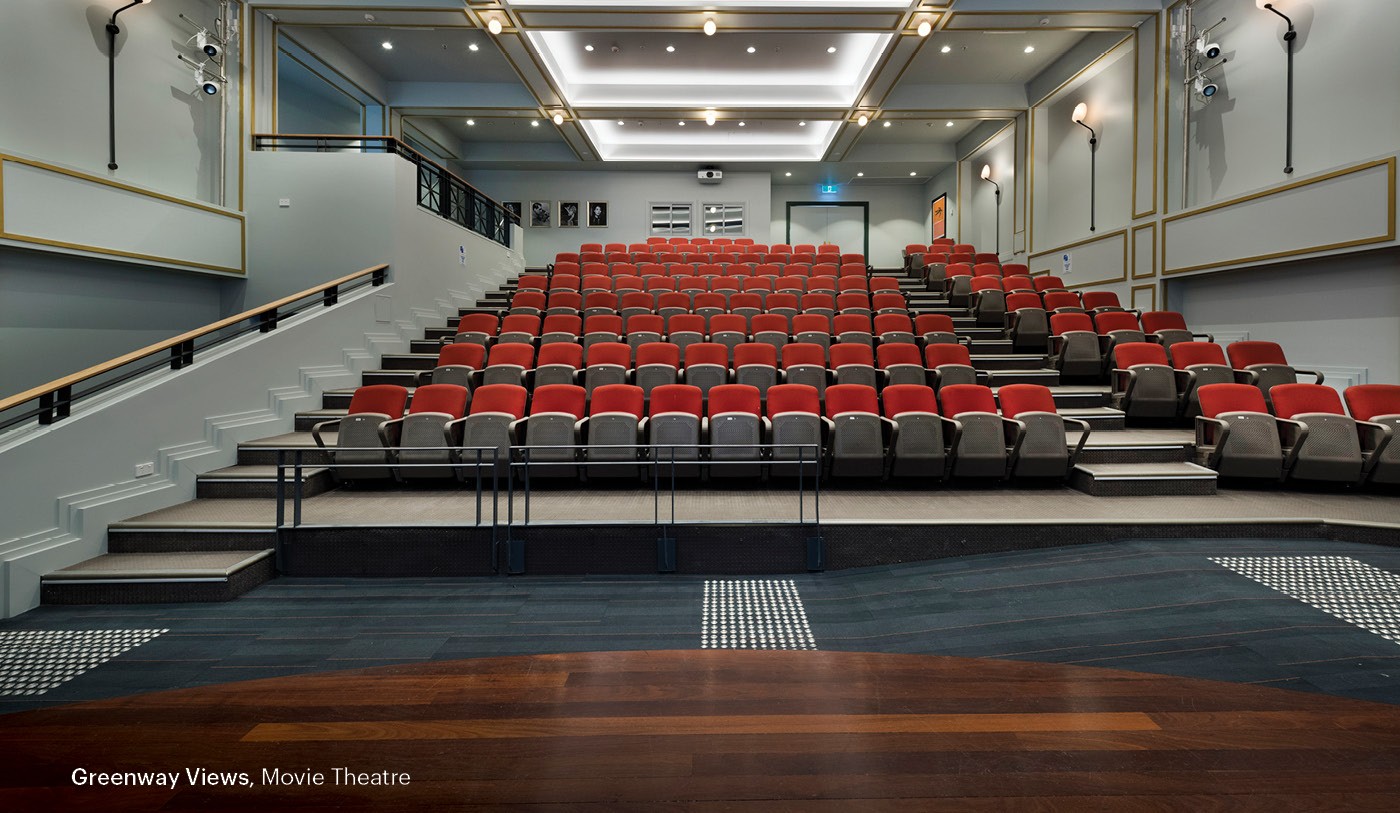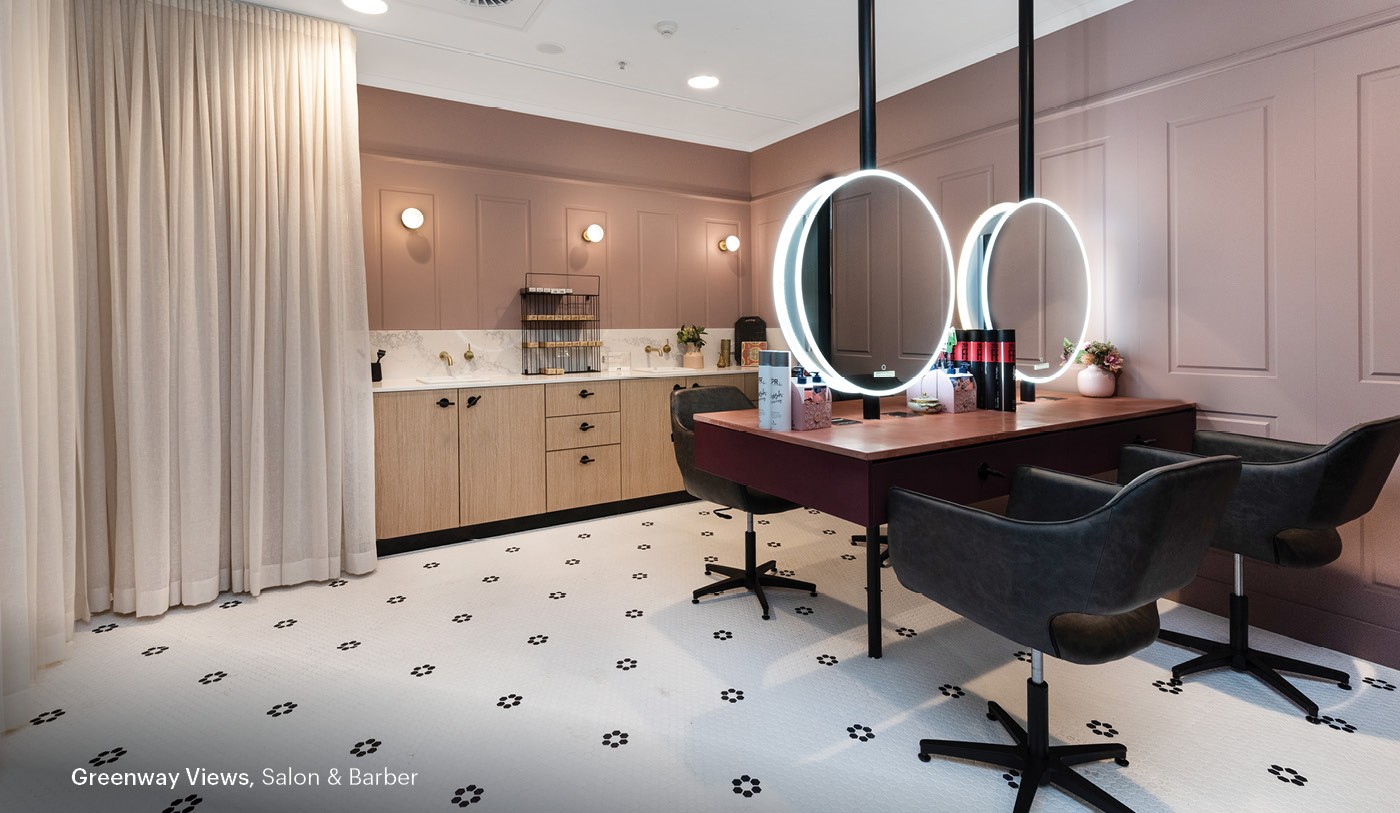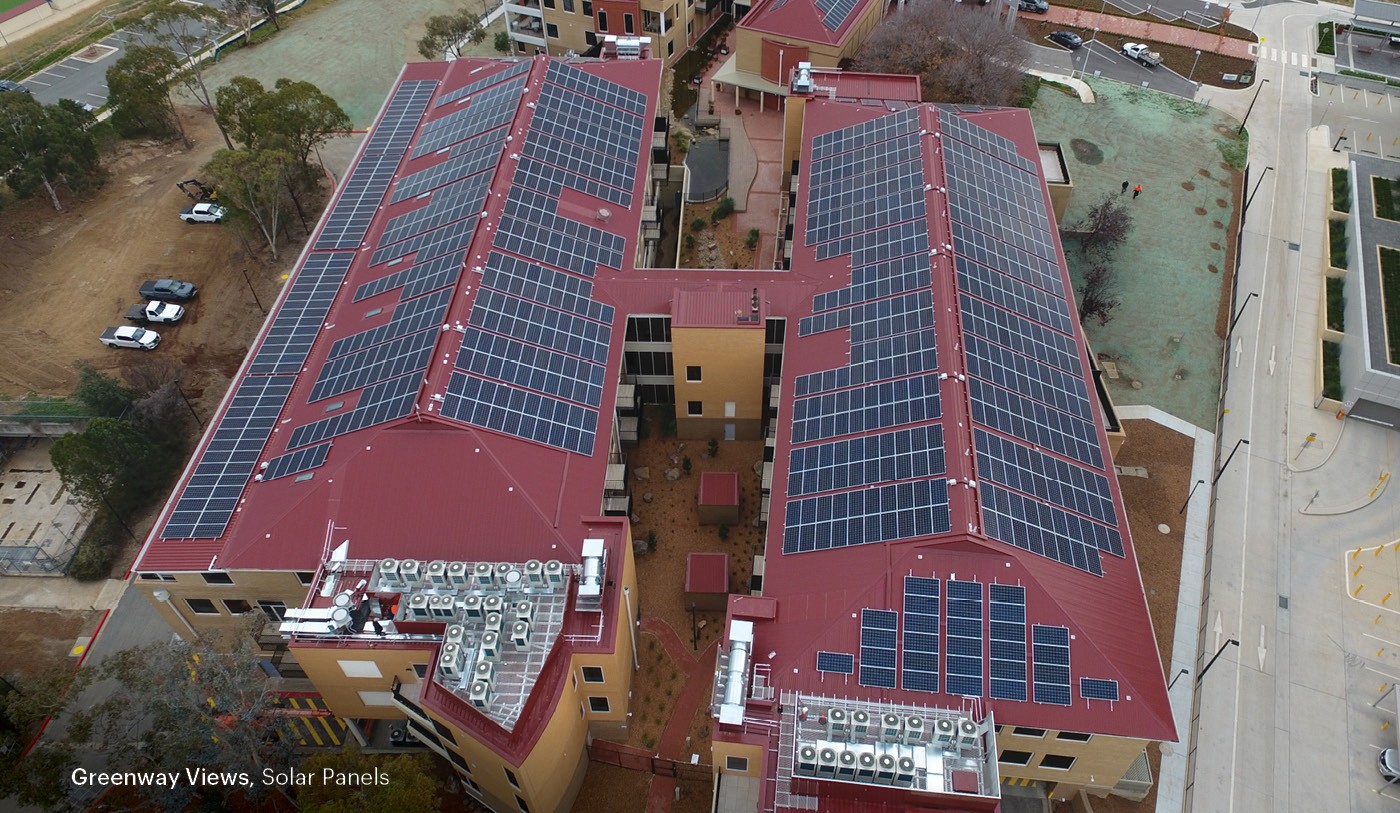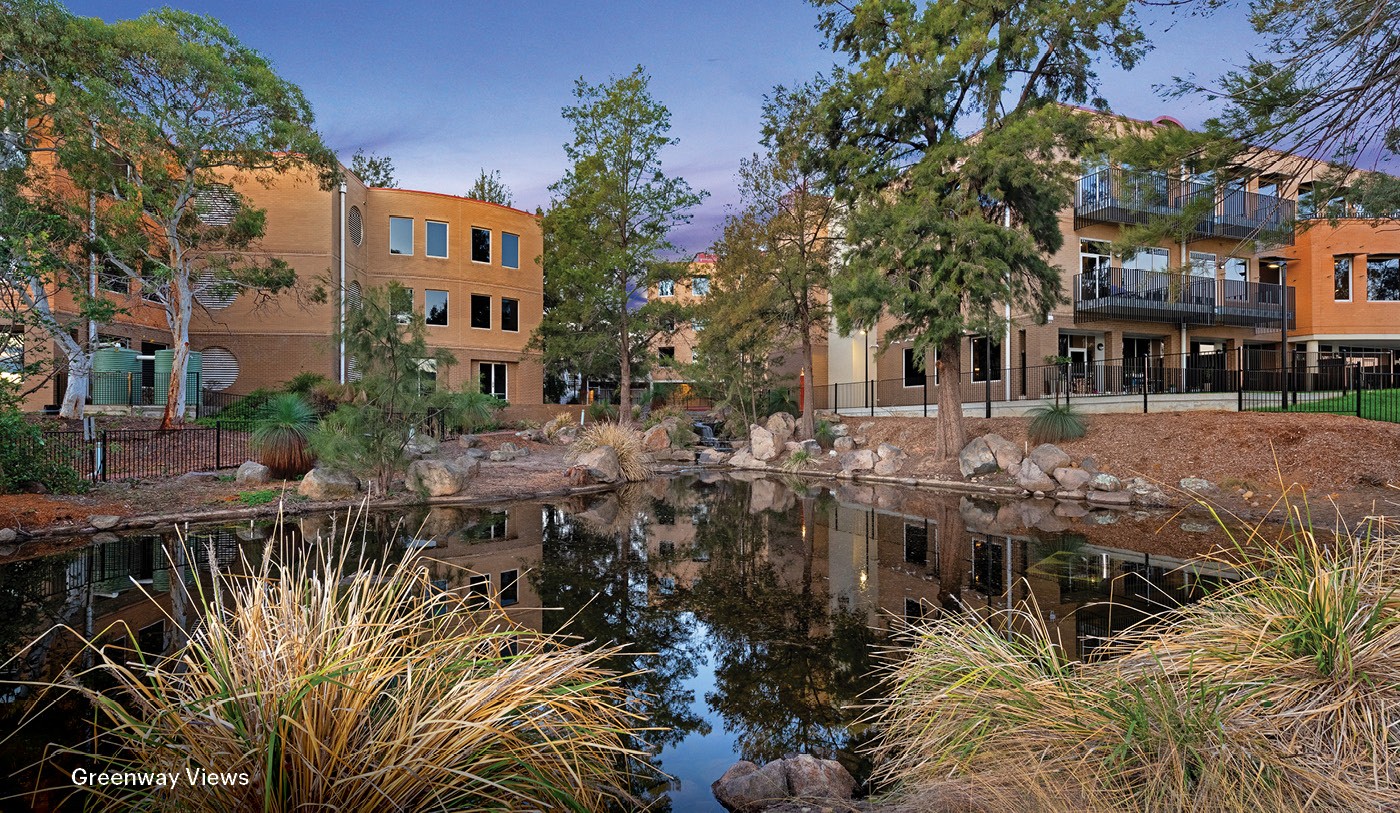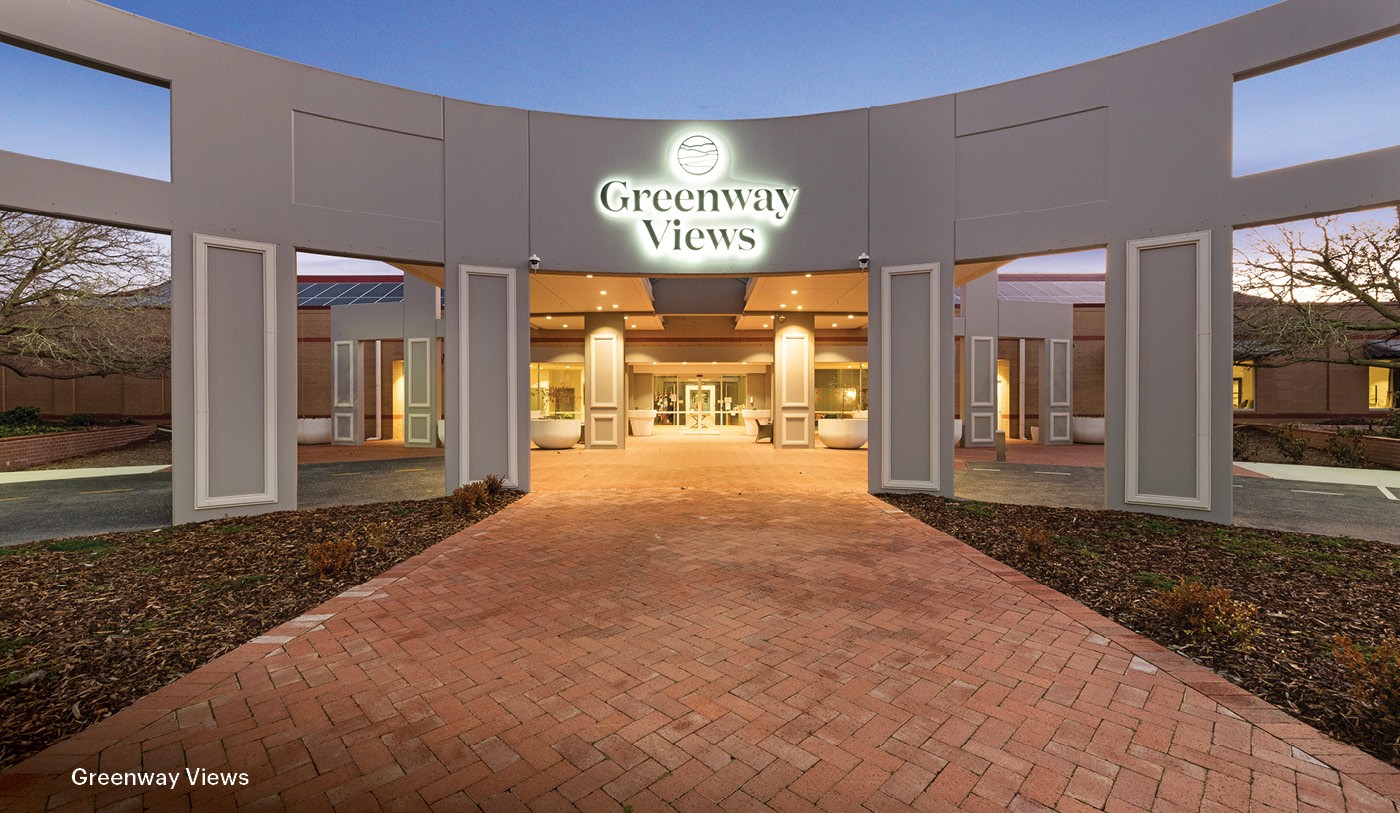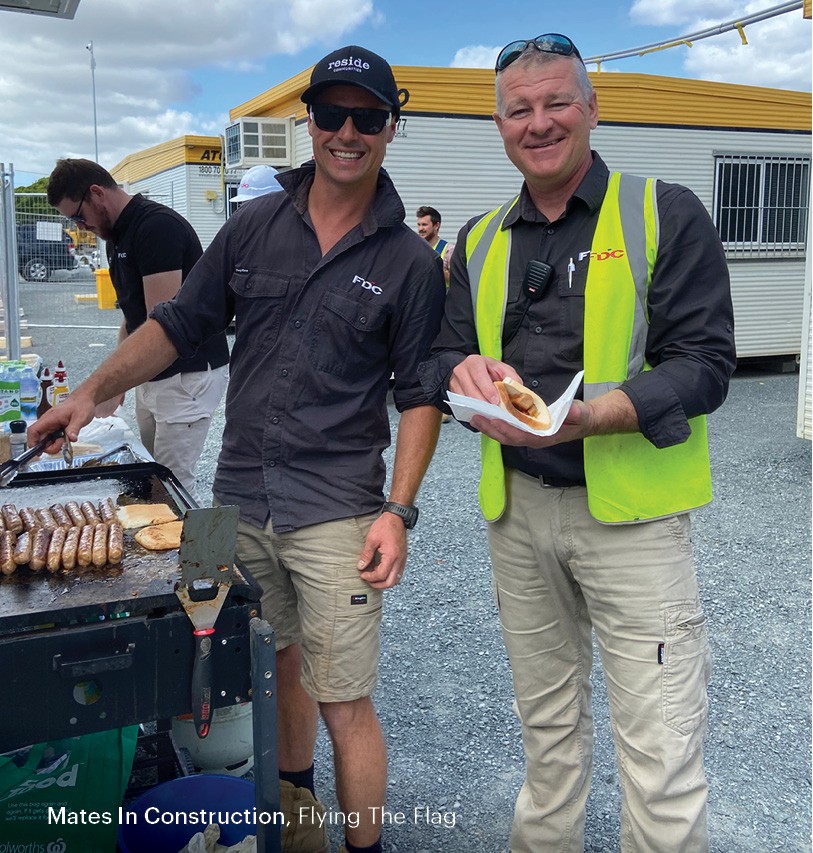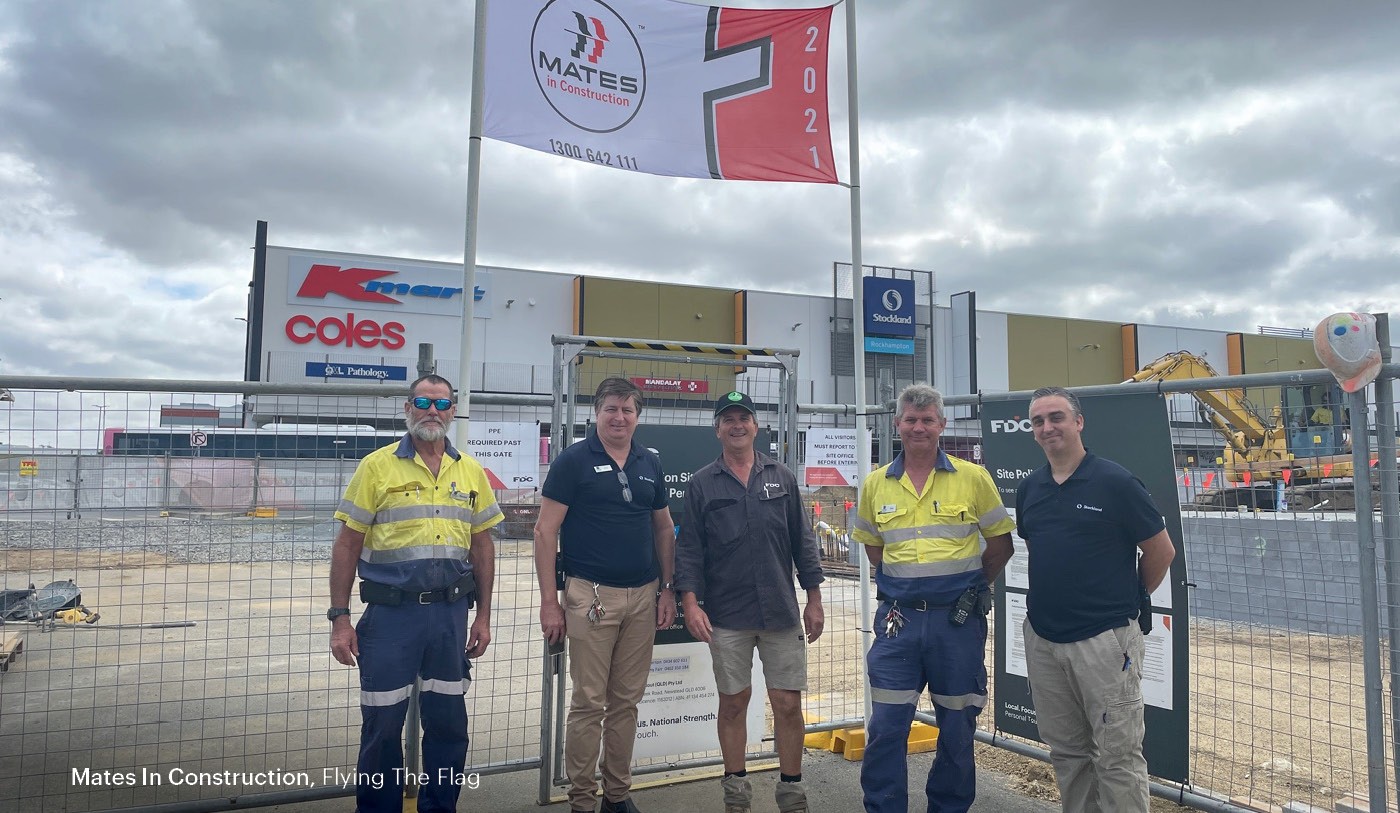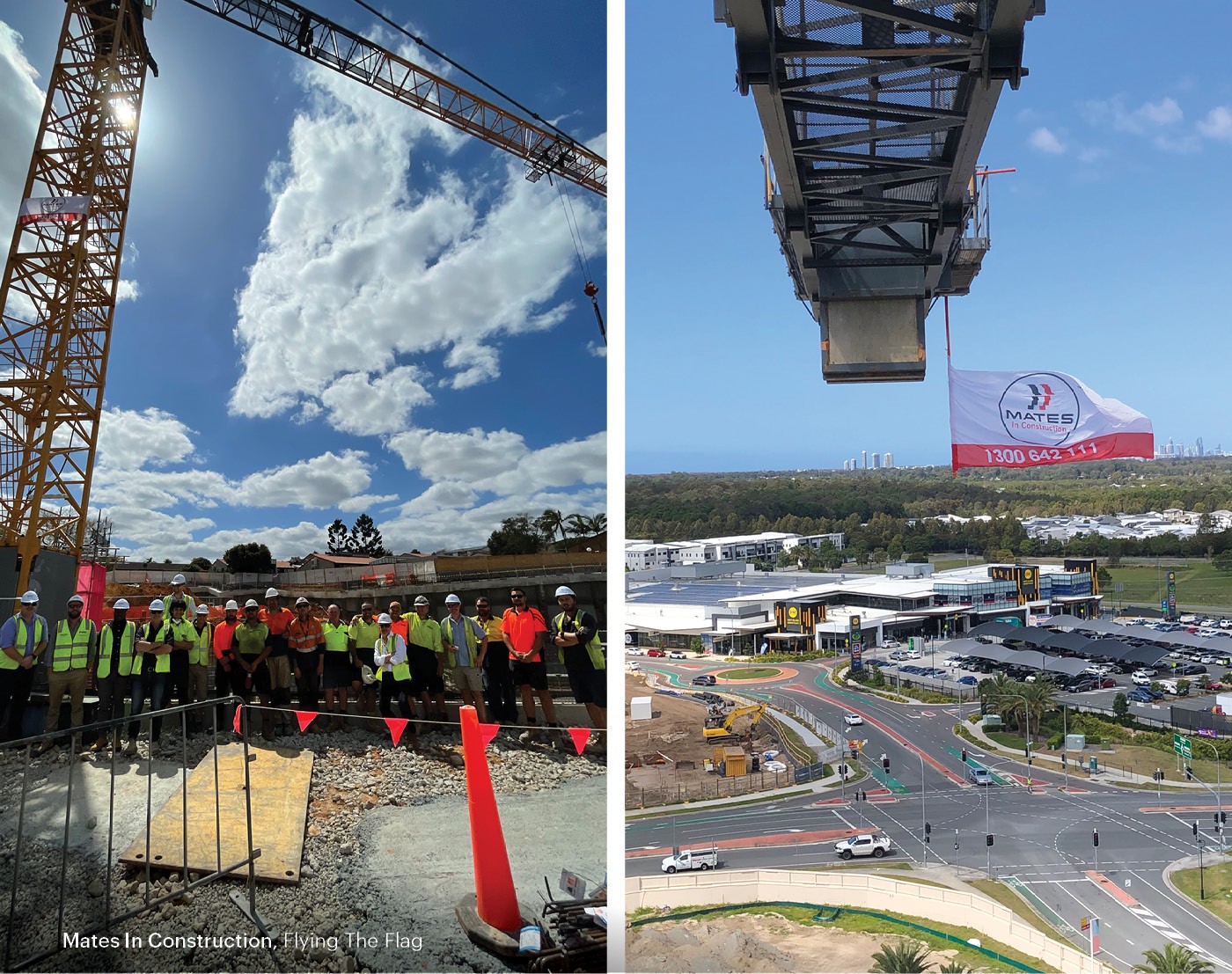Giving visitors a taste of the country
The Beerenberg brand certainly lives up to its motto of ‘sharing a taste of country life with the world’. Today its products can be found in many Australian stores and homes, on commercial flights, in hotels and beyond.
But for the family, their brand is also about the experience – to pick your fill of strawberries in the sun and eat them knowing they were plucked fresh by you.
The farm has been open to visitors for years, but the innovative family felt they could provide an even better experience.
“You have to keep evolving and innovating to keep up with the times and food trends,” said Sally Paech, Beerenberg’s Marketing Director. “You need to keep moving and that’s why we decided to add this whole new element to our business, putting in a whole new visitor centre.”
And though the project was a new page in the Paech’s rich history, it had to respect the past. The current barn, with its iconic pitched roofs that housed the farm’s retail space was built by Grant Paech in the 1980’s. The family was determined to keep the structure, honouring its place in Beerenberg history and deep connection to the late Grant.
“It was built as a packaging centre and later we put a little shop in. It just wouldn’t have been right to knock it down and start over,” said Sally.
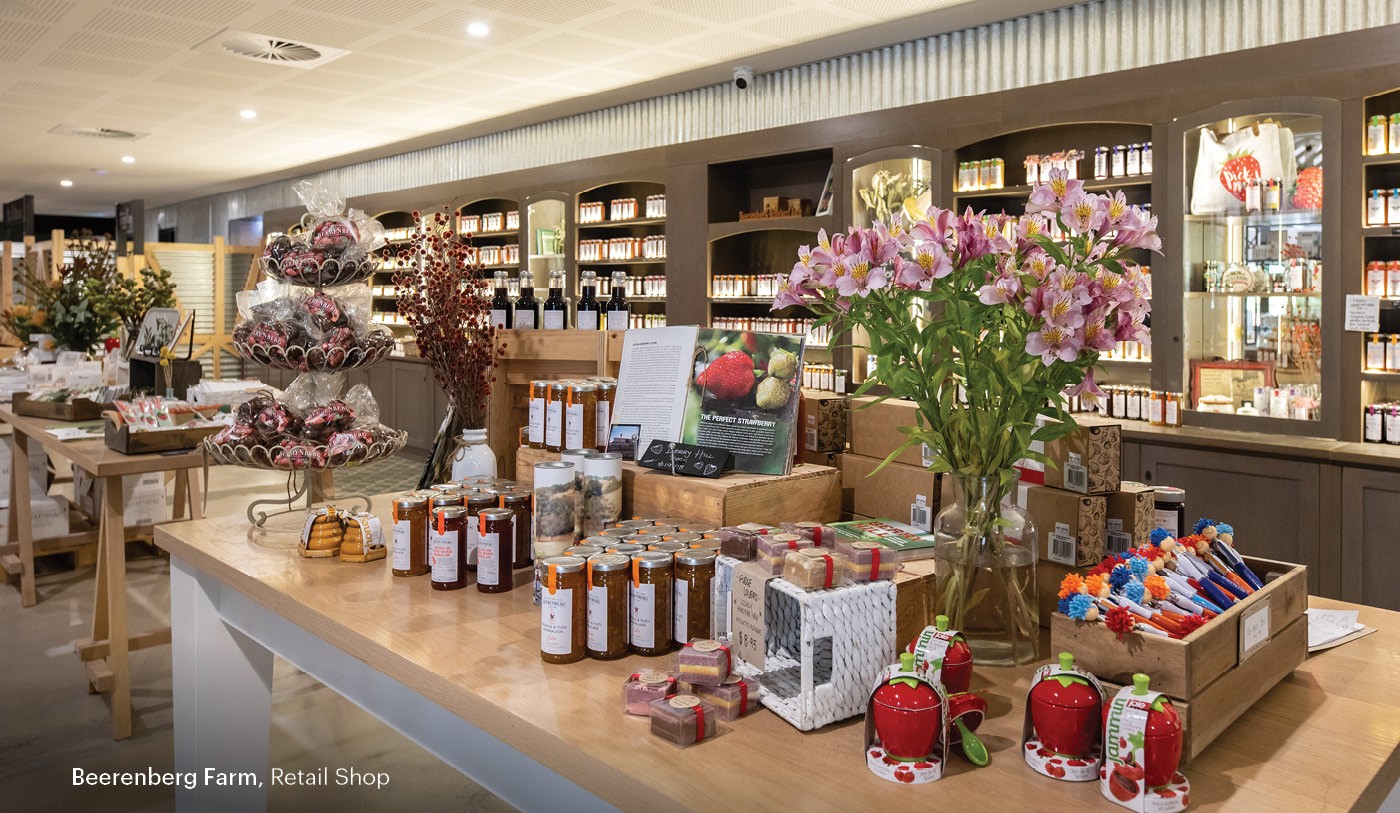
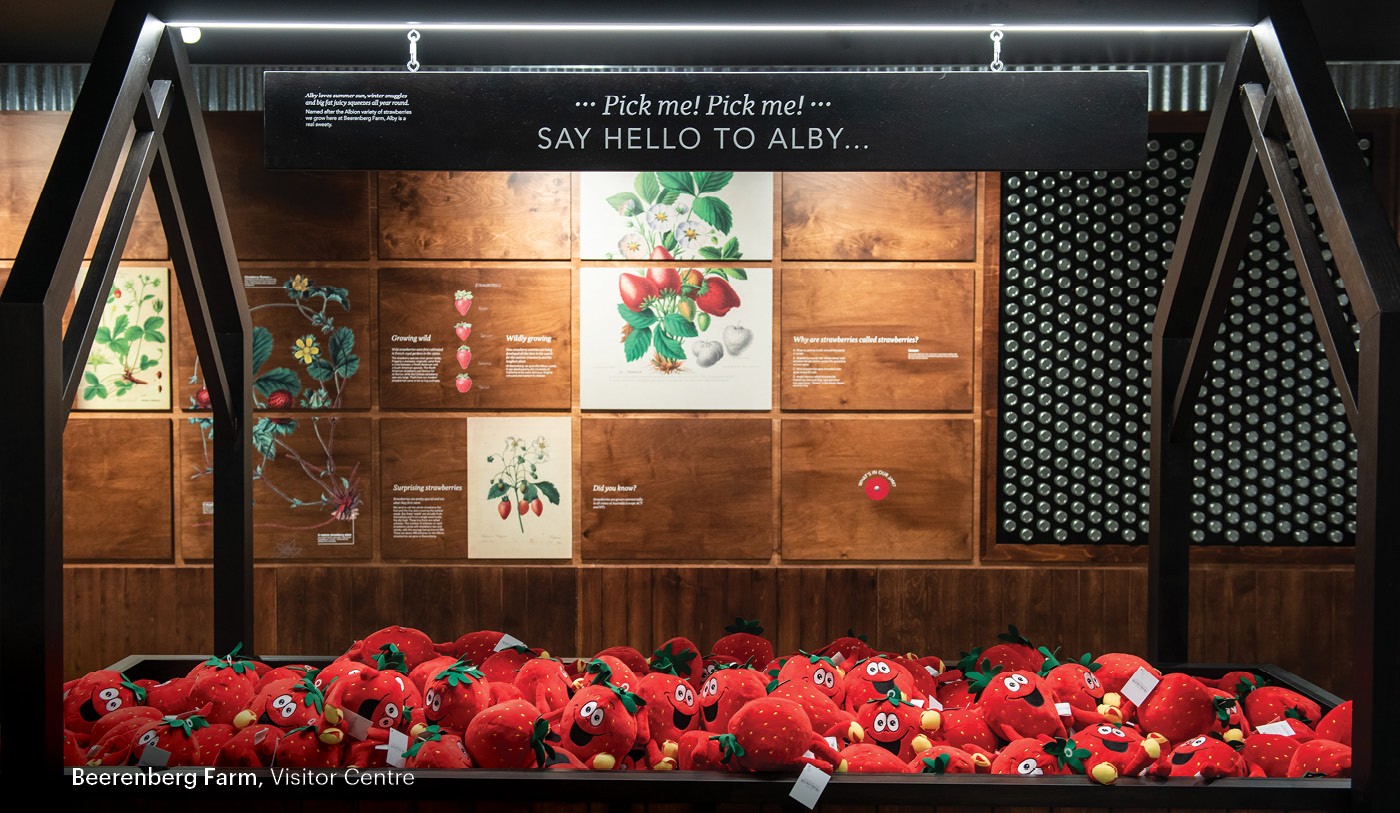
Preservation matters
The vision for the new visitor centre was ambitious. The Paechs wanted to retain the shed and construct a building within the building. The shell of the barn would remain, and inside would be a fresh new visitor centre kitted with a retail space, café, presentational commercial kitchen, corporate function space and an in-house ice creamery.
And as Beerenberg is open seven days a week with approximately 200,000 visitors a year, the farm gates had to stay open to these guests during construction. The project would span over the height of strawberry season, and the slower winter. So it was vital they remained operational to make the most of peak periods and still provide products in the low.
The project needed a team that could work in a live environment – and respect the brand’s vibrant history.
At FDC, we understand the impact construction can have on visitor experience. So our SA team coordinated with farm management to ensure Beerenberg Farm could stay operational during the build. And as a family business that sees the past as empowering, our SA team worked closely with the Paechs to create a design and solution that would celebrate the family’s heritage.
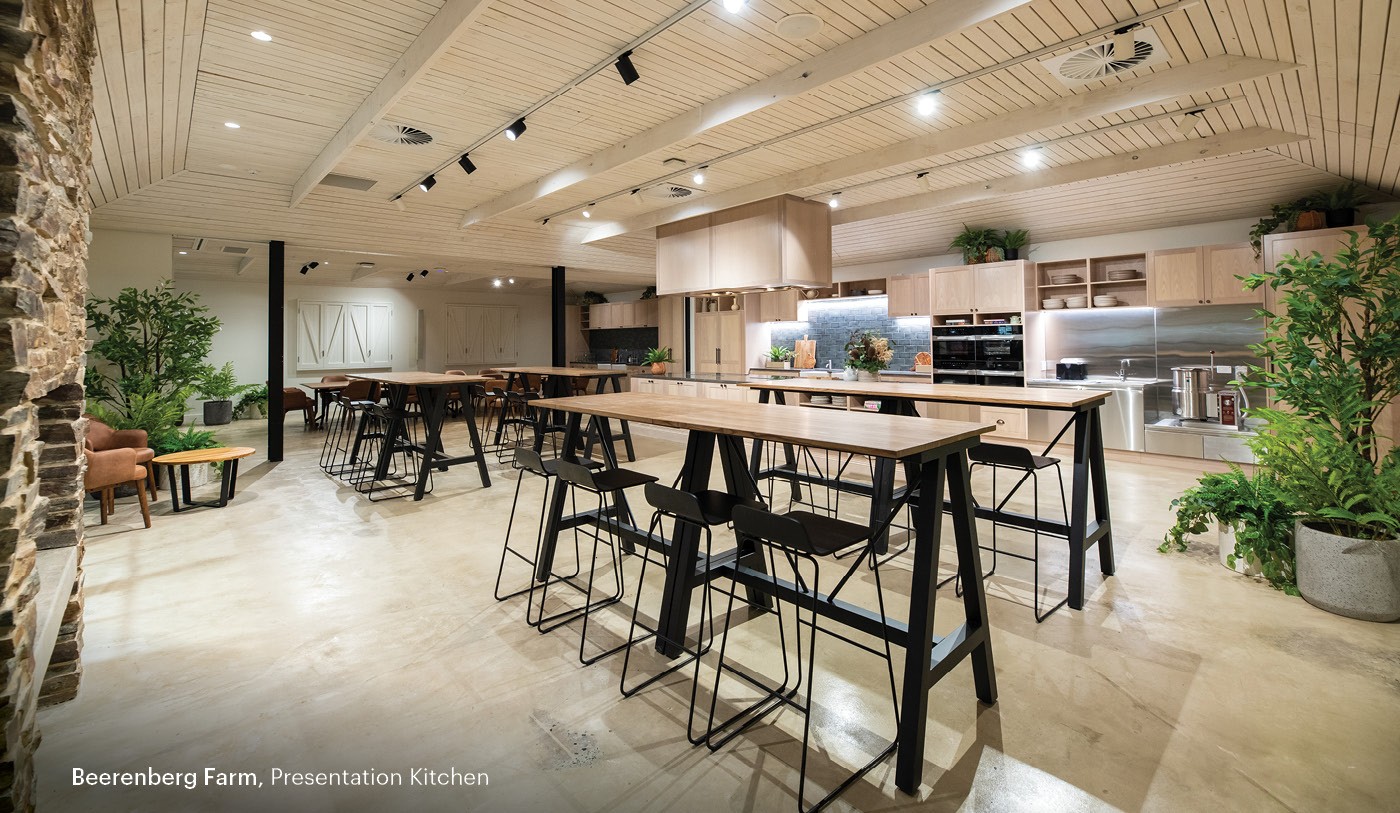
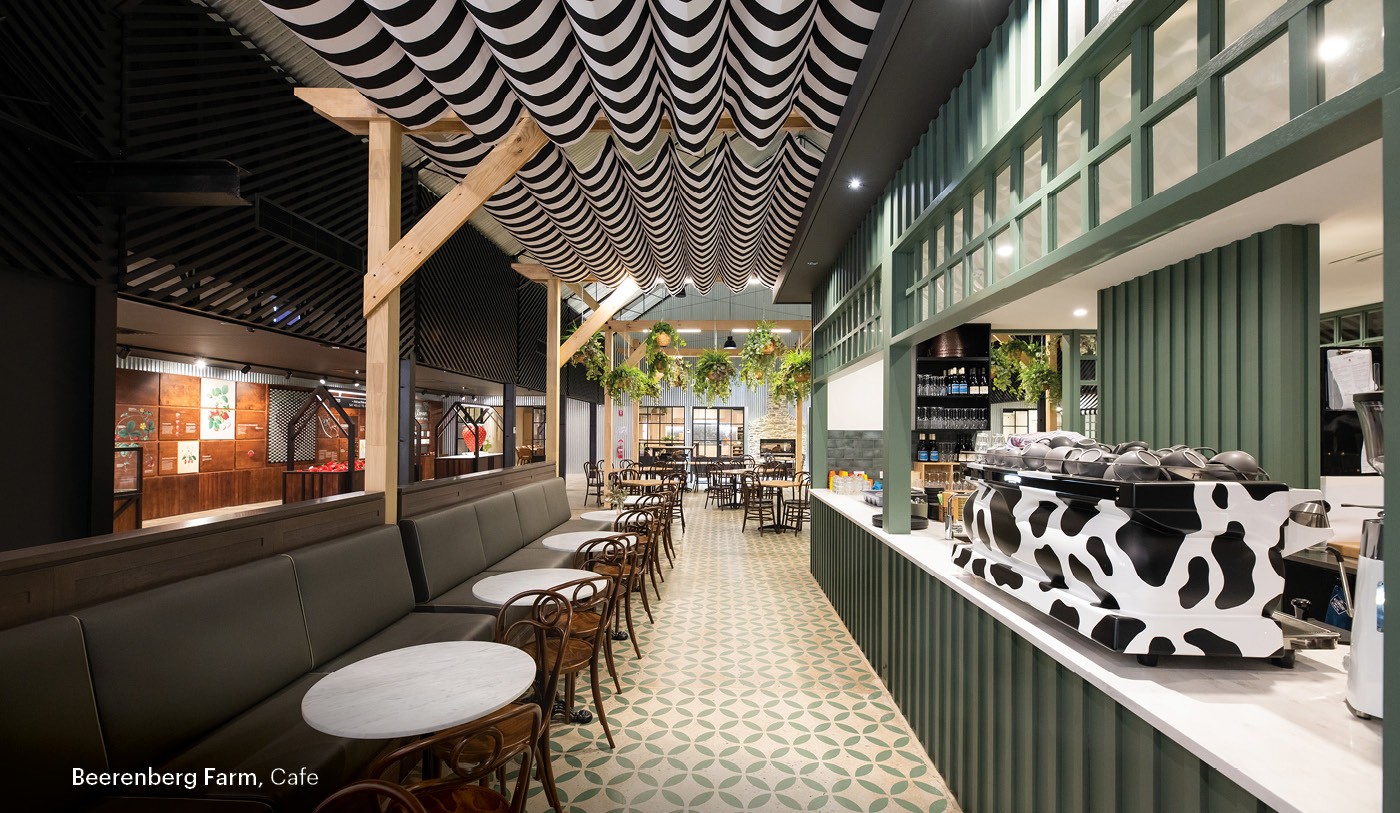
Giving a 1980’s barn a new life
Our SA team worked with JBG Architects, Moto Projects, BCA Engineers and CPR to create an enriched farm experience for Beerenberg’s visitors that paid homage to past generations of Paechs.
But updating a shed from the 1980’s comes with a few challenges. FDC SA and the Beerenberg team developed the project in two stages – first relocating the farm shop and building the new retail area, shop front and bathroom, then demolishing the old retail space and constructing the remaining areas.
Before any new construction could begin, our team had to address issues within the existing structure including rusted beams, old supports, leaks and safely removing lead paint and asbestos.
Once safe and stable, new structures could be erected within the barn. We retained warmth and homeliness by using raw materials, timber, stone and corian solid surfaces and a grand bluestone fireplace.
The team also dug up old materials embedded in the original concrete floors before they releveled and refinished it. The result is a unique concrete surface that wears its years like a badge of pride, stencilled with patterns that mimic farmhouse kitchen tiles.
“The integration between old farmhouse finishes compared to new just looks great,” said FDC project manager, Gene Zalunardo.
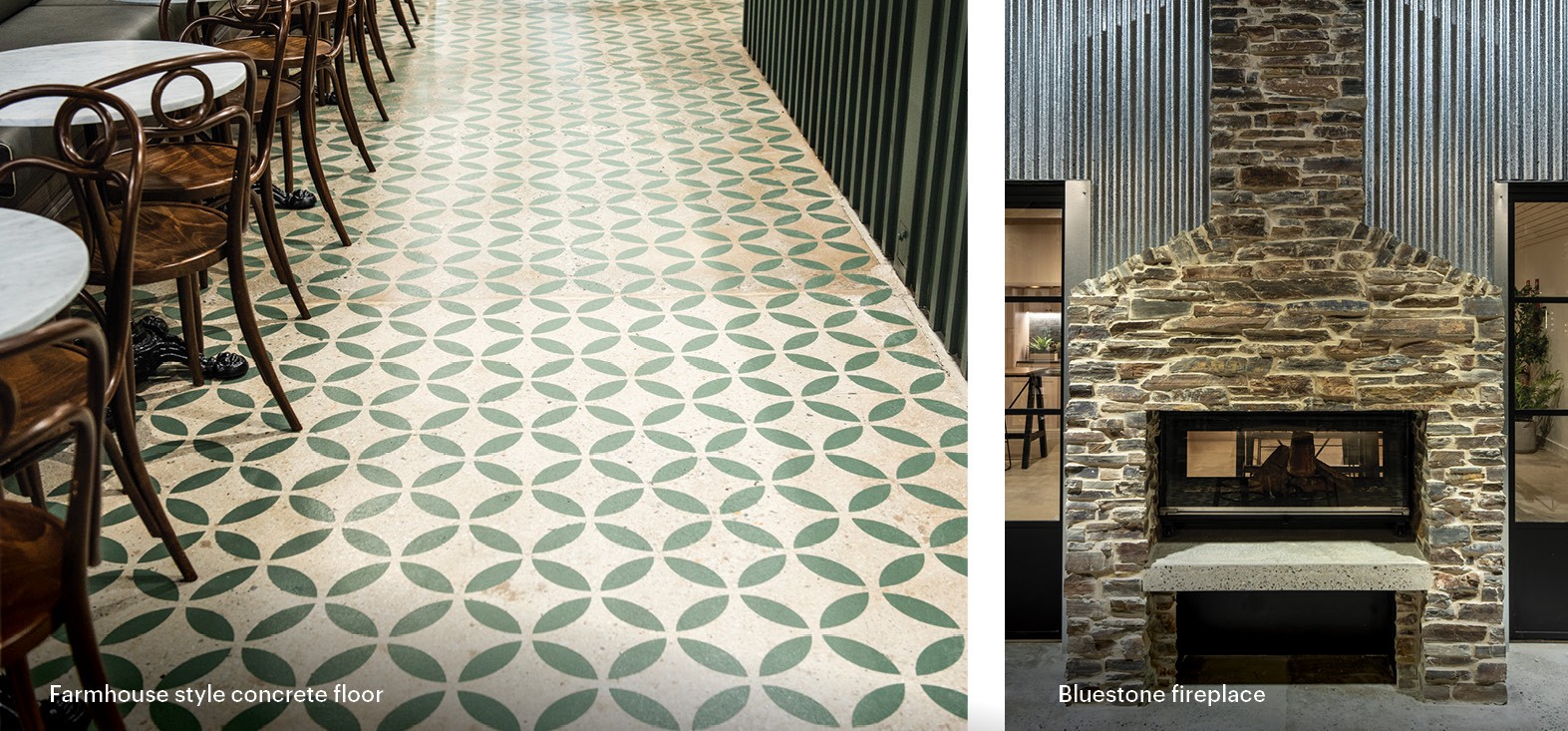
Grant’s dreams came true
At Beerenberg’s core is a family that cares about the land – and providing a memorable experience for visitors. Though Grant’s barn has a few new additions, it still houses his vision for Beerenberg.
“Dad would be blown away, he’d always wanted a café,” said Sally. “He used to write all these ideas in manilla folders. Mum recently found one about Beerenberg tea rooms. I know for a fact he’d love it.”
Today the barn offers coffee, lunch, homemade ice cream, cooking demonstrations and a slice of Beerenberg history to visitors after a day of berry picking. FDC’s SA team was proud to make this a reality and loved working closely alongside the family every step of the way.
“I really enjoyed working with the FDC team. Though there were all sorts of challenges, they made it happen,” said Sally. “They were amazing, I commend them for the job they did.”
Beerenberg’s new visitor experience is now open – sharing the Paech family story with new generations. With doors wide open and rolling fields of sweet strawberries, the Paechs welcome everyone to come and enjoy a taste of the country.
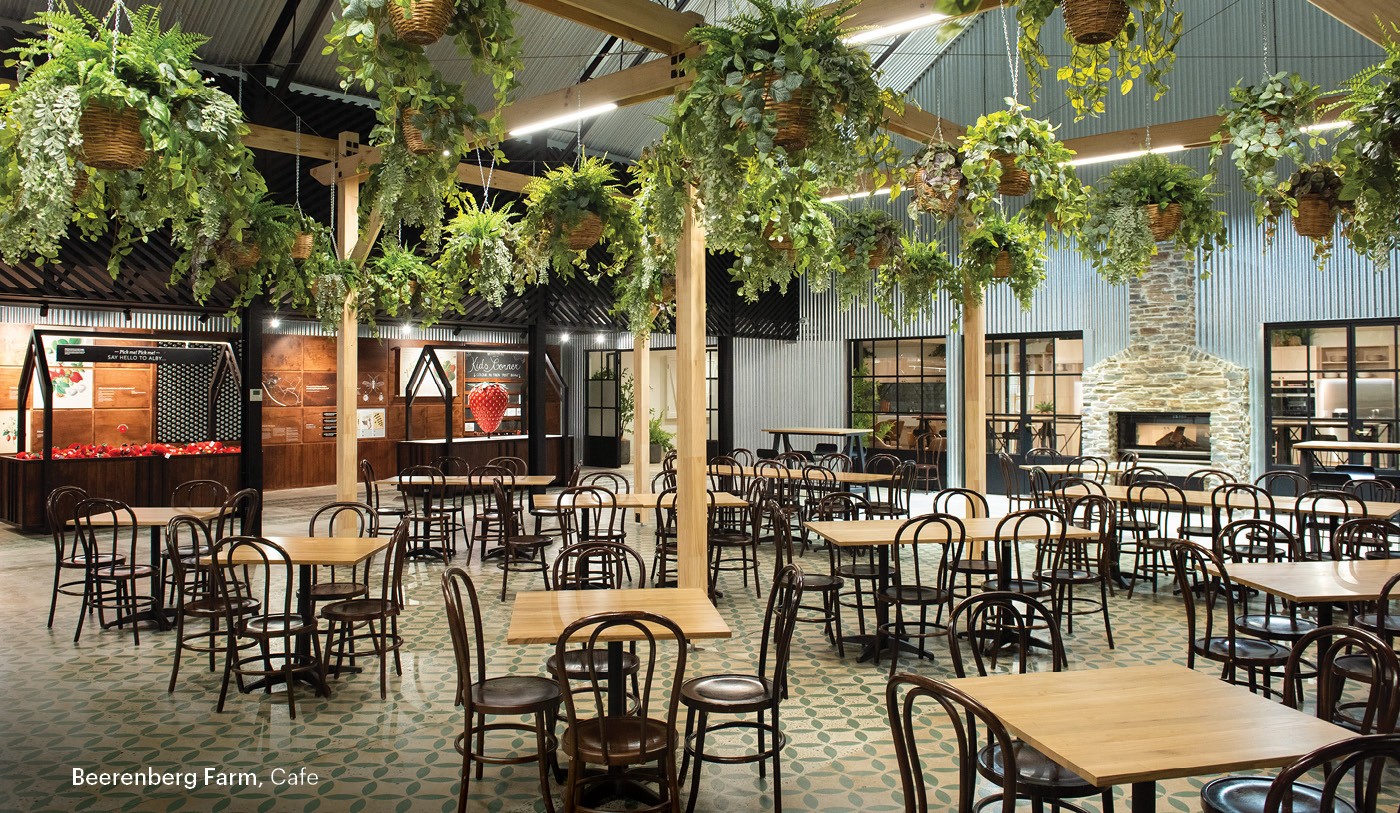
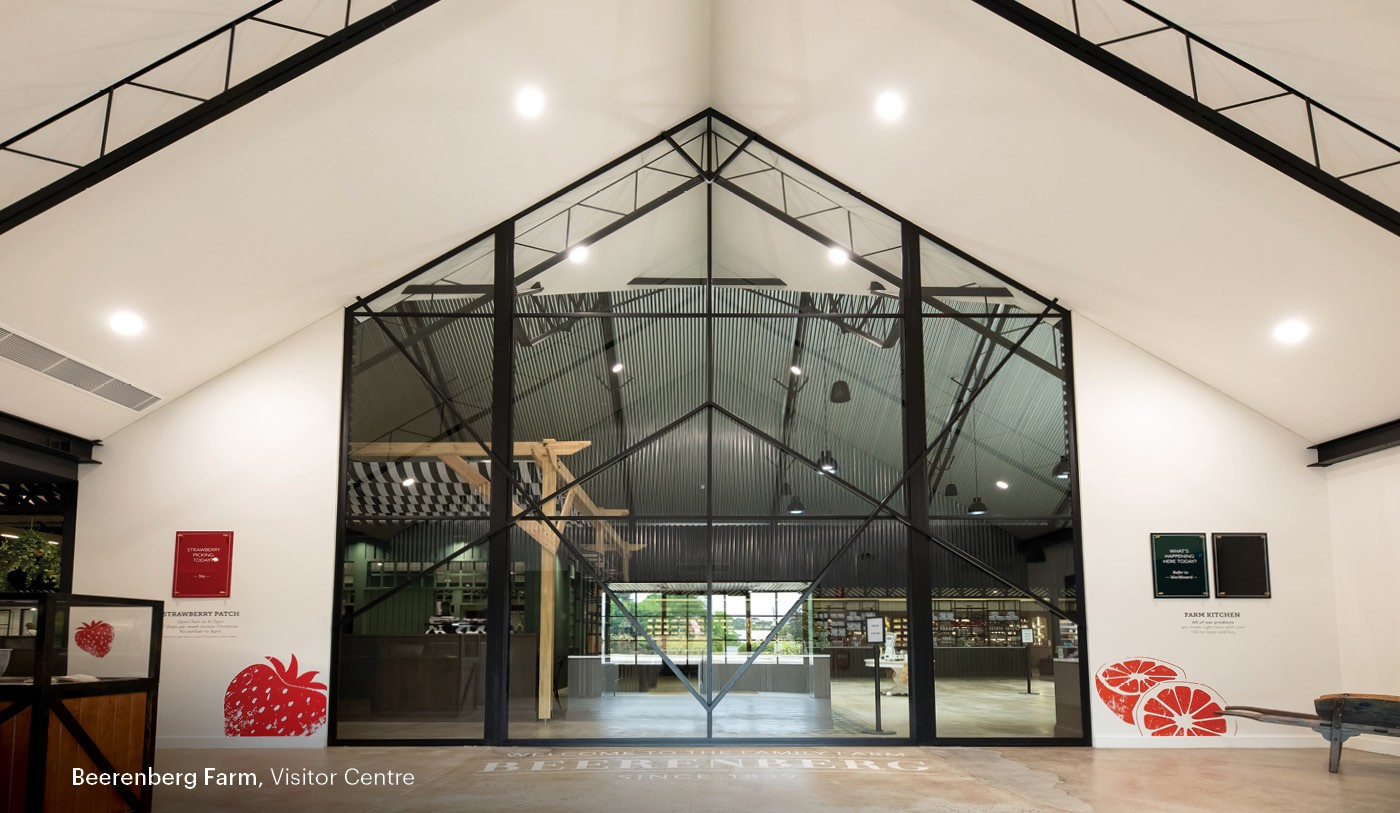
Photography by Trim Photography
